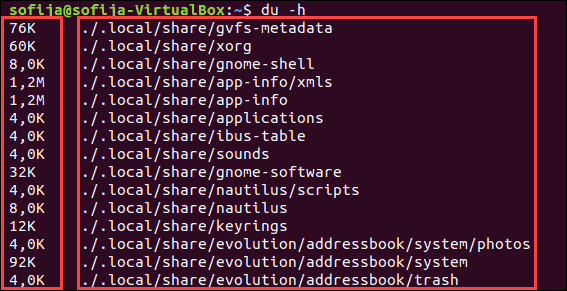
In order to display the output of Dir command, in a bare format we can append /B switch to it. The output of the dir command contains way too much information than what one may be interested in. In general, Directories would be at the bottom, as they aren’t as generally fixed size (existing as file table entry), as opposed to a file.ĭisplaying output of Dir command in minimal format : Which would produce an output where the files having larger size would be at the top of the list, and smaller files/folder at the bottom. G Group directories first - Prefix to reverse orderĪccording to the above list, if you want the output to be sorted by the size of files (in descending order). N By name (alphabetic) S By size (smallest first)Į By extension (alphabetic) D By date/time (oldest first) The switch takes one/combination of these characters to produce a sorted output. You can sort the the list of files/folders in the output of dir command using the /O switch. It should be noted, that if the path to a file is provided as an argument, then only information regarding that file would be displayed. For getting the contents of “C:\Users\Public” directory, the command would be :
#List directory contents cmd full
Where Path to the Directory is either Relative or a full path to the Directory that we are interested in. If you provide the full path to the directory you can execute the dir command on that directory. You can get the list of file/subdirectories of now only the current directory, but other directories as well. Which will display a list of subdirectories (Junction Points & Directory Symlinks as well) within the current directory.ĭisplaying file/subdirectories of a directory using its absolute/relative path : Where attribute will be a one/combination of one of the characters from the following listĪccording to the above list, If you want to display a list of Directories only. The command would have the following syntax as follows. What this will do is it will display only those files/folders which do have the provided attributes. You can filter the output of dir by sending /A switch, followed by a specific attribute. We would be looking over at some of the commonly used switches of the command.ĭisplaying files/subdirectories having certain attributes : This would serve the purpose for most users, but the command offers more functionality than this, By appending various switches we could modify the working of the command, to produce custom output. Which would produce an output similar to this. This could be done by executing the Dir command without any arguments. The command is mainly used for displaying the list of files and subdirectories in a directory. C Display the thousand separator in file sizes. B Uses bare format (no heading information or summary).

S System files I Not content indexed files H Hidden files A Files ready for archiving A Displays files with specified attributes.Īttributes D Directories R Read-only files Specifies drive, directory, and/or files to list. In this article, we will take a look at the Dir command, and would learn several use cases for it.ĭisplays a list of files and subdirectories in a directory.ĭIR attributes]] It is one of the most useful commands while navigating the command line, and is present in its different forms in several operating systems. The command by itself is really basic, but the presence of its extensive switches makes it quite a dynamic command that has several use cases.
#List directory contents cmd windows

Program for FCFS CPU Scheduling | Set 1.Introduction of Deadlock in Operating System.



 0 kommentar(er)
0 kommentar(er)
